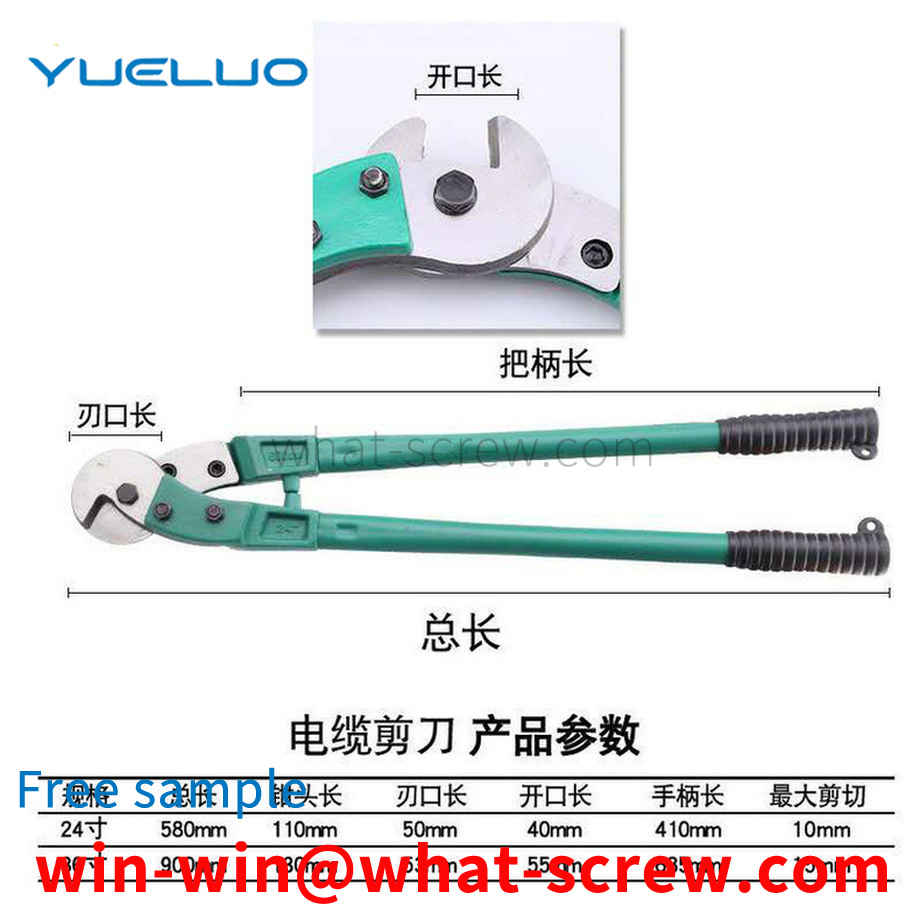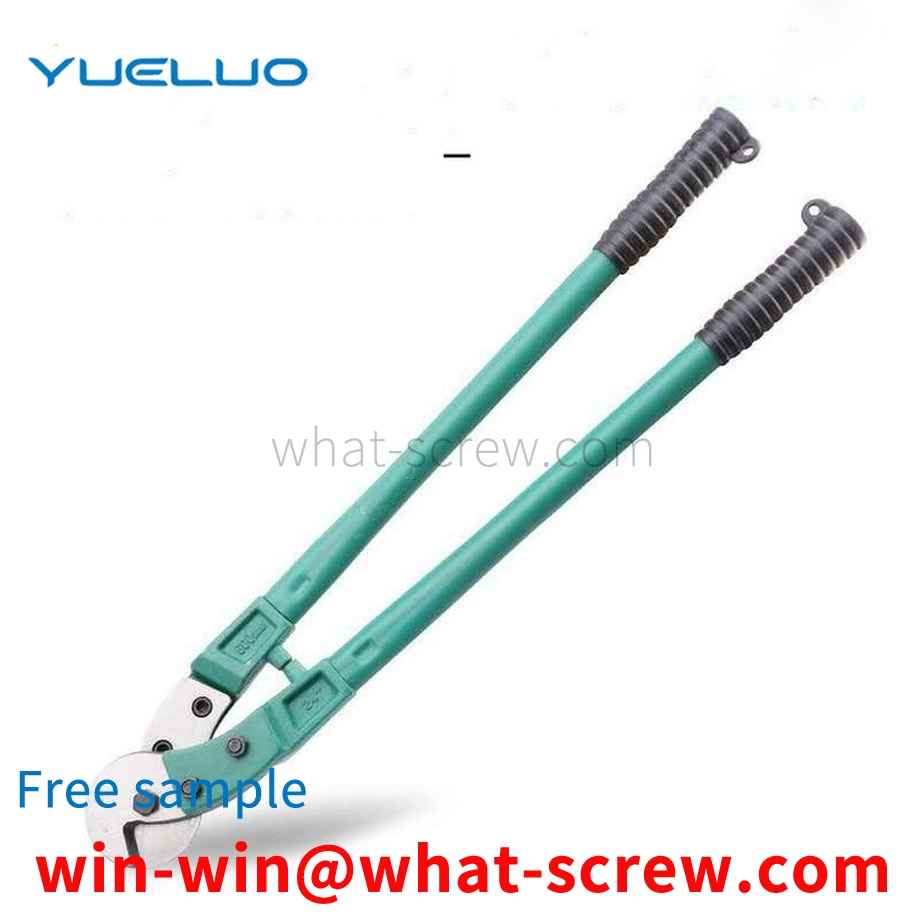The process of removing iron oxide plate from cold heading steel wire rod is stripping and dephosphorization. There are two methods: mechanical dephosphorization and chemical pickling. Replacing the chemical pickling process of wire rod with mechanical phosphorus removal not only improves productivity, but also reduces environmental pollution. This phosphorus removal process includes bending method (the round wheel with triangular grooves is commonly used to repeatedly bend the wire rod), spray nine method, etc. The phosphorus removal effect is good, but the residual iron and phosphorus cannot be removed (the removal rate of iron oxide scale is 97%) ), especially when the iron oxide scale is very sticky, therefore, mechanical phosphorus removal is affected by iron scale thickness, structure and stress state. Carbon steel wire rods used for low strength fasteners (less than or equal to 6.8) High-strength bolts (greater than or equal to grade 8.8) use wire rods to remove all iron oxide scales after mechanical dephosphorization, and then go through a chemical pickling process for compound dephosphorization. For low carbon steel wire rods, the iron sheets left by mechanical dephosphorization are likely to cause uneven wear of grain draft. When the grain draft hole adheres to the iron sheet when the wire rod rubs against the external temperature, the surface of the wire rod produces longitudinal grain marks. More than 95% are caused by scratches on the surface of the steel wire during the drawing process. Therefore, the mechanical phosphorus removal method is not suitable for high-speed drawing.
Countersunk head, half countersunk head, 1200 countersunk head, half countersunk head rivets are mainly used for riveting occasions where the surface needs to be smooth and the load is not large. Flat head rivets are used for riveting occasions subject to general loads. Flat head and flat head rivets are mainly used for riveting of metal sheets or non-metallic materials such as leather, canvas and wood. Large flat head rivets are mainly used for riveting of non-metallic materials. Semi-hollow rivets are mainly used for riveting occasions with little load. Headless rivets are mainly used for riveting of non-metallic materials. Hollow rivets are light in weight and weak in head, and are used for riveting of non-metallic materials with little load. Tubular rivets are used for unloaded riveting of non-metallic materials. Nameplate rivets are mainly used for riveting nameplates on machines and equipment.
The national standard name of the cross recessed small pan head three-combination screw is the cross recessed small pan head screw, the spring washer and the flat washer assembly. The national label is GB/T9074.8-1988. This 1988 refers to the year, that is, this standard is the standard issued by the country in 1988. The specifications of the cross recessed small pan head three-combination screw, our company's minimum is M2.5, the shortest is 5mm, the largest is M10, and the longest is 90mm. Of course, as customers have higher and higher requirements for small pan head combination screws, or require smaller and longer combination screws. If the quantity is large, or with the development of our company. Buy some advanced combination screw machines. Come and go to meet the higher requirements of our customers.
Due to manufacturing and installation errors, the lamp head and its connecting part of the shadowless lamp will drift, which cannot be positioned at any position. Therefore, in the shadowless lamp, the damping force is usually provided by the damping screw to realize the positioning of the lamp cap and its connecting part. The damping screw needs to be able to provide a suitable damping force. The damping force should not be too small to meet the positioning requirements; at the same time, the damping force should not be too large to make the user feel comfortable when moving the lamp head and its connecting parts. In addition, within the normal life range, after the damping screw is worn, it should also be able to provide sufficient damping force to satisfy the positioning of the lamp cap and its connecting part. The damping screw is tightened by the thread, the top pressure disc spring is deformed, and the disc spring presses the friction end to generate frictional force, thereby providing an effective and lasting damping force. The damping force can be realized by adjusting the screw tightness. For the friction ends, there are certain requirements for wear resistance, certain self-lubrication, certain strength, hardness and toughness. At present, the friction end materials in the industry mainly include metals such as brass and tin bronze; non-metals such as nylon and POM. At present, the main disadvantage of the friction end of the damping screw is that it is easy to produce abnormal noise during the friction process for metal materials. For non-metallic materials, deformation is easy to occur and the strength is insufficient.
In the field of mechanical design, there are a large number of connector connection structures that need to be fastened and positioned. As shown in Figure 1, the more common positioning and fastening connection methods at present are that pins 5 and fasteners are used for positioning and fastening, respectively. That is, cylindrical pins or taper pins are used for positioning, and fasteners such as screws or double-ended studs are used for fastening.
We have many years of experience in the production and sales of screws, nuts, flat washers, etc. The main products are: black cotter pins, GBT801 screws, automotive nuts, narrow washers and other products, we can provide you with suitable fastener solutions for you.



















 Service Hotline
Service Hotline




